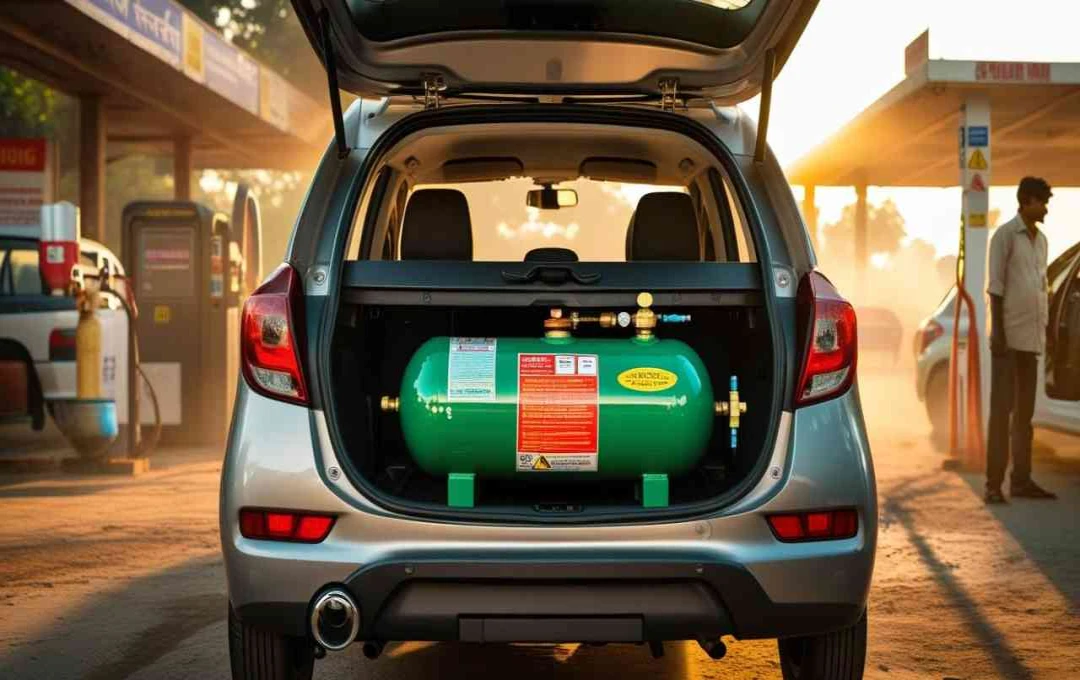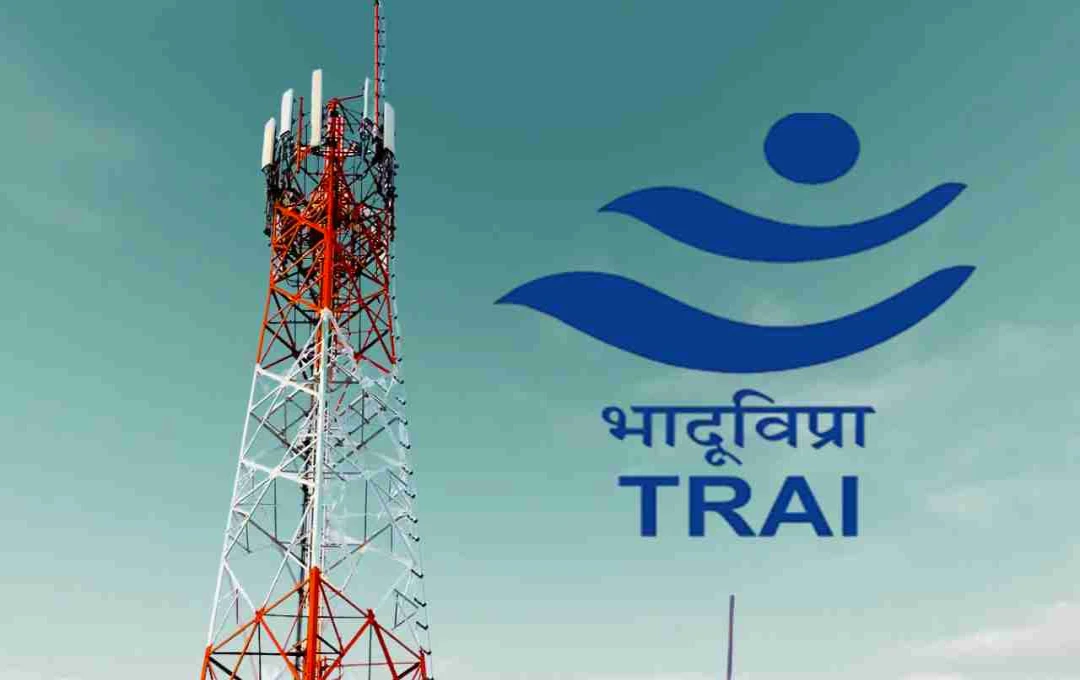Many CNG vehicle drivers do not take seriously the requirement to exit their vehicle while filling gas. However, this is a crucial safety precaution. The risk of leakage or accident remains high during high-pressure gas filling. This report explains the necessary precautions associated with CNG filling, the risks of overfilling, and health impacts in simple language to ensure every consumer's safety.
Why is it necessary to stay outside while filling gas?
During the CNG filling process, the pressure in the pipe is approximately 200 to 250 bars. This high pressure can impact the vehicle's gas tank, pipeline, or valves. In the event of any technical malfunction or crack, gas leakage can occur, posing a safety risk. Staying inside the car in such a situation can be dangerous. Therefore, most CNG stations enforce the rule that the driver and passengers remain outside the vehicle during filling.
Safety from Gas Leakage
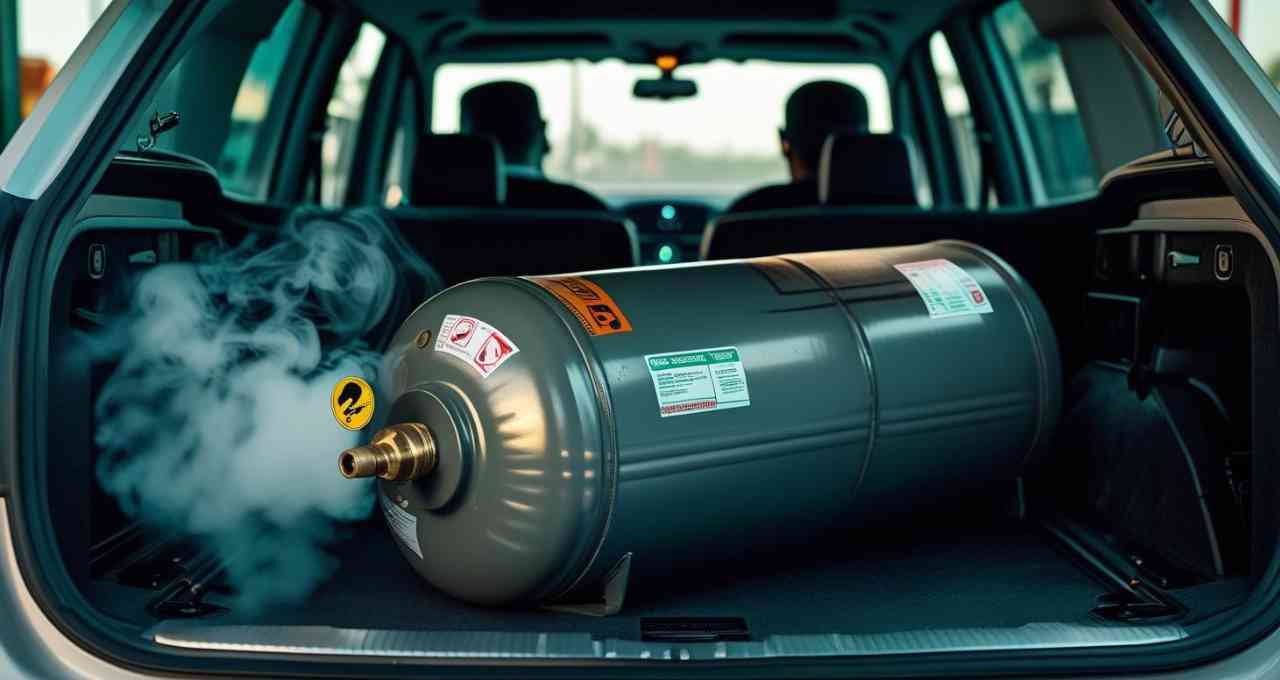
CNG is a flammable gas, and filling it under high pressure is standard procedure. However, if gas leaks for any reason during this process, incidents like fire or explosion can occur. Staying outside the car allows an individual to protect themselves from any such emergency and gain time to react. This safety measure is mandatory in many places, and non-compliance can also be legally wrong.
Risks Associated with Overfilling
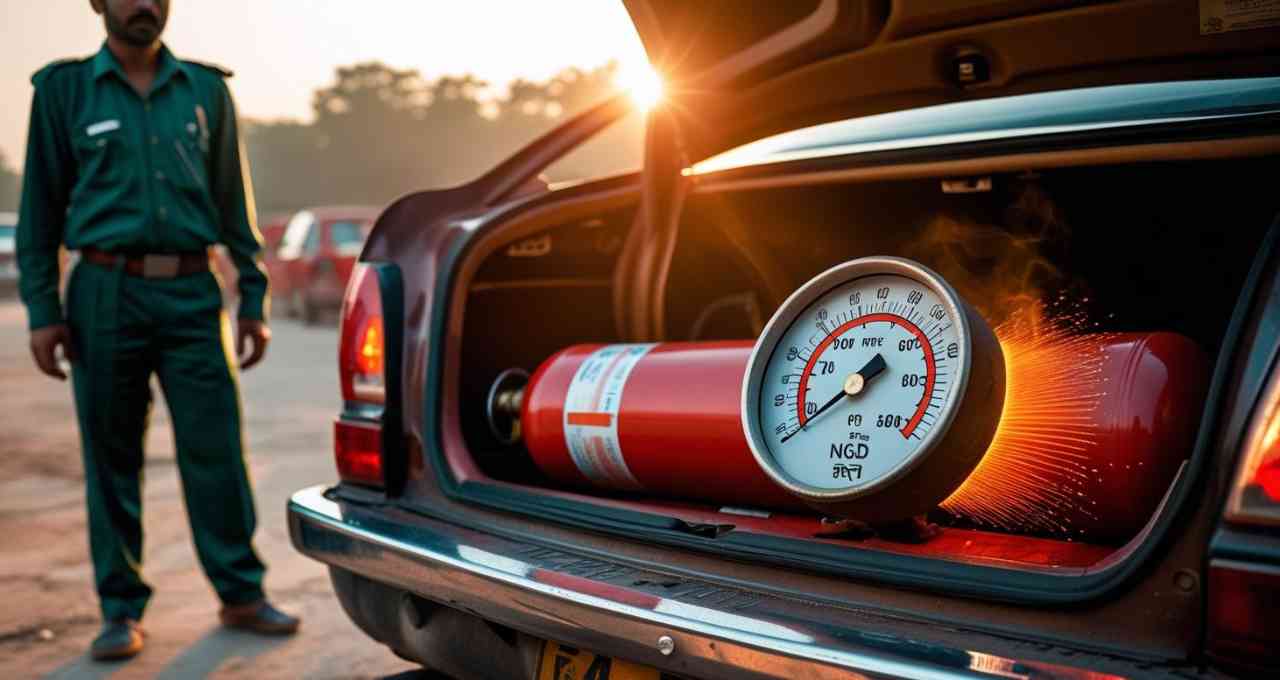
A CNG tank has a specific filling capacity determined based on technical standards. Filling the tank beyond this capacity, i.e., overfilling, is a violation of safety standards. This can generate excessive pressure in the tank, leading to leakage, valve failure, or other technical problems. To avoid overfilling, consumers should always monitor the meter and confirm the filling quantity.
Possible Health Impacts
Although CNG gas is generally odorless, a pungent substance called mercaptan is added for safety to detect gas leaks. Some individuals may experience problems such as headaches, dizziness, or vomiting from its faint odor. In such cases, staying outside during gas filling is a better option from a health perspective, especially to avoid a confined environment.
Meter Monitoring is also Essential
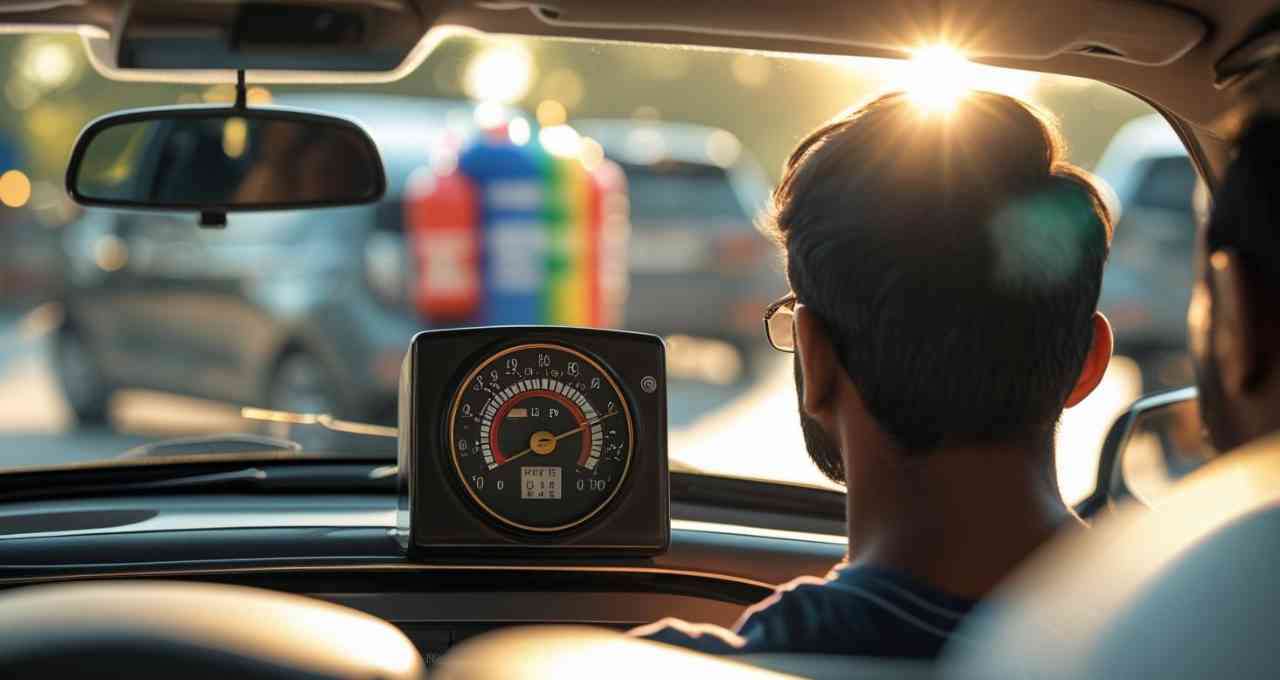
Meters used in CNG vehicles differ from those in traditional petrol or diesel vehicles. Therefore, vehicle owners should ensure that the gas measurement is accurate during filling. This not only prevents overfilling but also maintains the accuracy of mileage by ensuring the correct amount of fuel is received. Furthermore, consumers can immediately register a complaint in case of any discrepancies.
Understanding and following safety regulations as a CNG vehicle user not only ensures your safety but also protects others from potential hazards. Next time you go for a gas refill, follow these precautions and share this information with other users.
